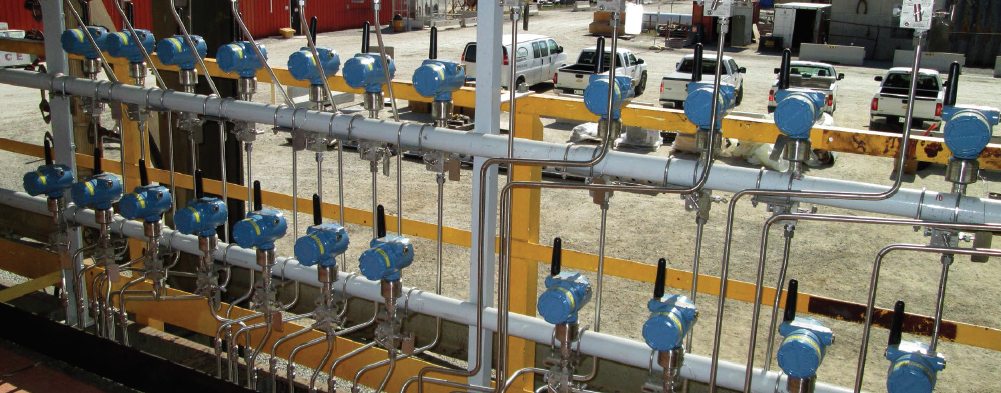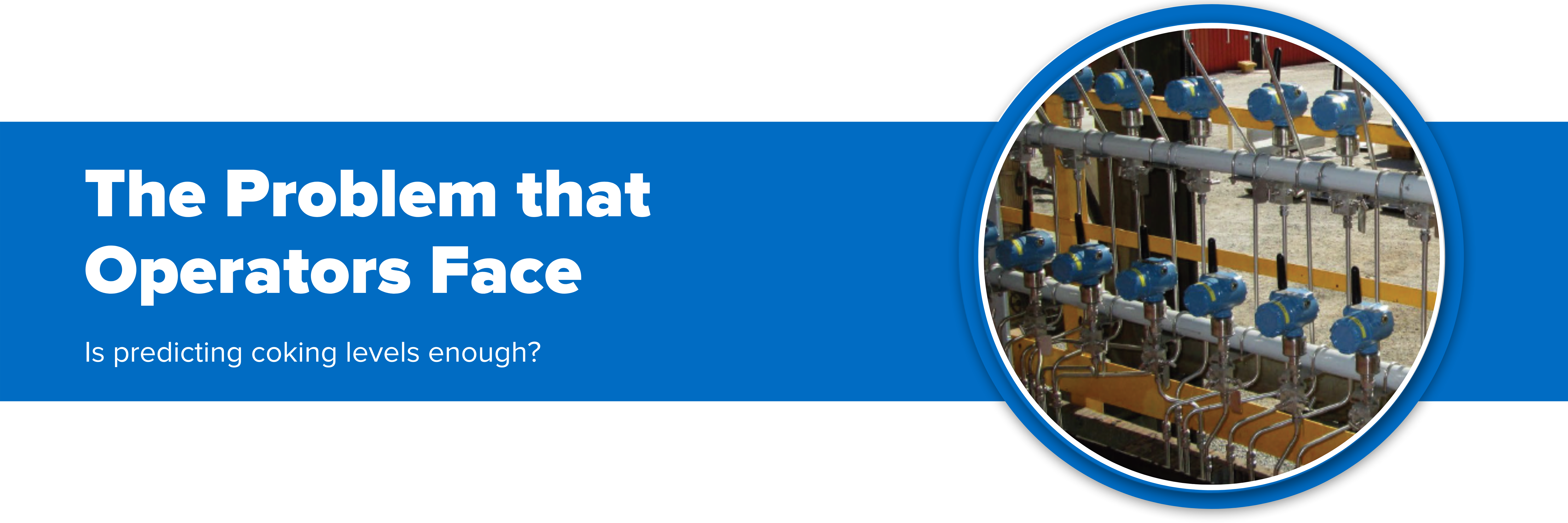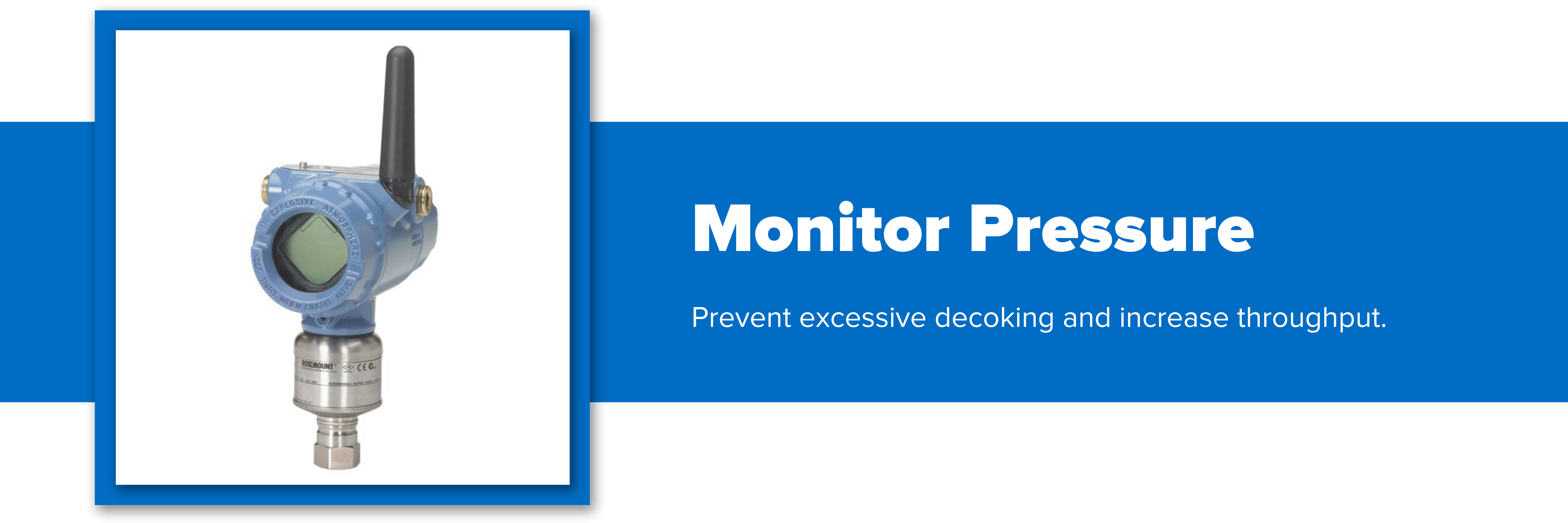How to Improve Your Coke Monitoring and Decoking Process in Ethylene Furnaces


The Problem that Operators Face
During the coking process in an ethylene furnace, the residue feed is converted to gas, light and medium distillates, and coke with no production of residual oil. Reliably detecting excessive coking in the cracking tubes is critical to achieving optimal throughput and eliminating safety risks. The problem is that without the proper tools, many operators are forced to predict coking levels. This results in excessive decoking cycles which means expensive maintenance, slower production, and overall a less profitable process.
The Importance of Monitoring Real-Time Data
Decoking is a complicated but necessary task for a refinery. Having the right equipment can increase the yield and runtime between decoking cycles. Consistent measurement of the pressure and temperature of each cracking tube is an excellent way to achieve these goals. In a data-driven world, these data points will be your best friend in optimizing your decoking process. However, historical performance metrics of ethylene furnaces can be unreliable due to variations in feedstock quality and general furnace operation and aging. This makes real-time, pervasive monitoring of temperature and pressure the most cost-effective method available.

Monitor Pressure to Prevent Excessive Decoking and Increase Throughput
Having multiple pressure transmitters throughout the pass tubes will give you a precise look at any unusual spikes that indicate a sudden increase in internal tube coking. The major benefit of this level of granularity is that it enables you to pinpoint troubled areas and focus any maintenance efforts accordingly. This saves time, increases throughput, and eliminates safety risks. The Rosemount 3051S Wireless In-Line Pressure Transmitter is an example of a transmitter that would work for this sort of application due to its accuracy down to 0.025% and 15-year stability. These sorts of qualities are important for decoking equipment since it increases confidence and lowers the risk of shutting down unnecessarily.

Monitor Temperature to Safeguard your Processes
Ensuring the safety of your coke-level monitoring and decoking process is just as important as getting the optimal throughput. A great way to achieve this is by measuring the temperature of your tubes. Detecting hot spots can greatly reduce safety risks, and temperature transmitters like the Rosemount 648 Wireless Temperature Transmitter help achieve this goal. The 648 Temperature Transmitter can provide accurate measurement of process temperature via an in-transmitter thermal conductivity algorithm, eliminating the need for a thermowell or process penetration.

Still Need Help? Call an Engineer Today
Both of the Rosemount 3051S Pressure Transmitter and Rosemount 648 Temperature Transmitter have Wireless HART® technology. This helps automate much of the data gathering process which further increases the productivity of your processes. There are many configurations to meet the needs of your specific coke monitoring or decoking processes, which is where our engineers can help. They are ready to talk through the specifics of your situation and help you find the right configuration to ensure you are getting the most out of your ethylene furnace.
If this post still leaves you wondering what type of industrial instrumentation would work best for your application, our engineers would be happy to help you. Give them a call at 1-800-884-4967. Or, you can shop for a wide range of industrial instrumentation from top brands and even configure your product online. We offer free lifetime tech support with every product sold.









